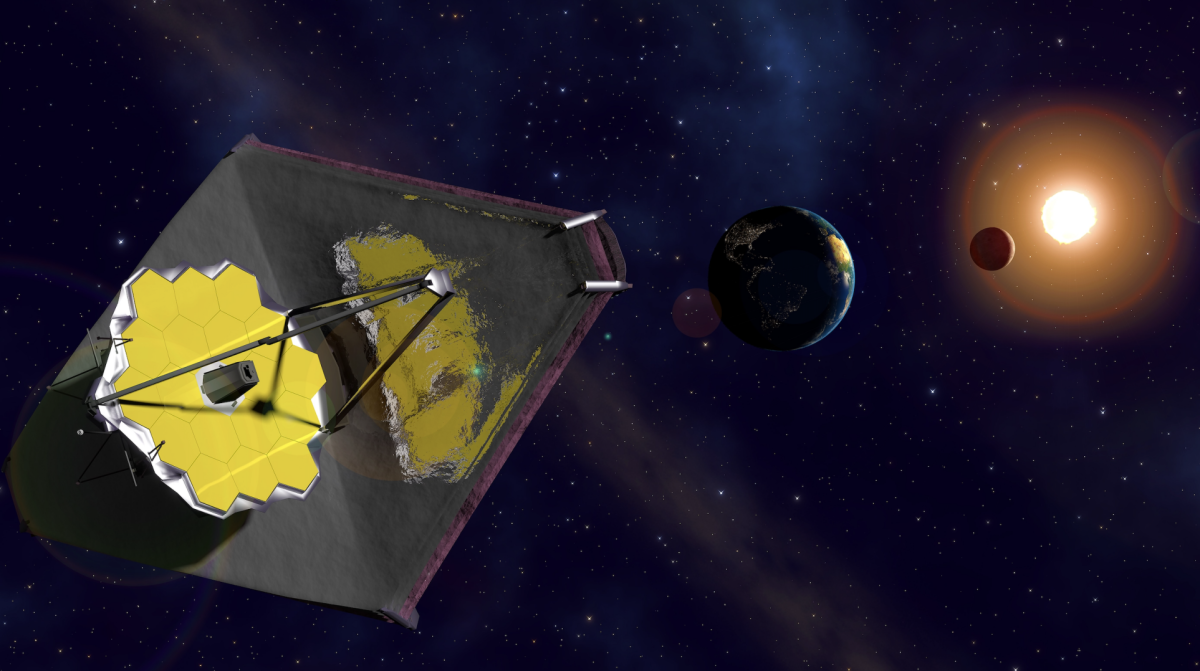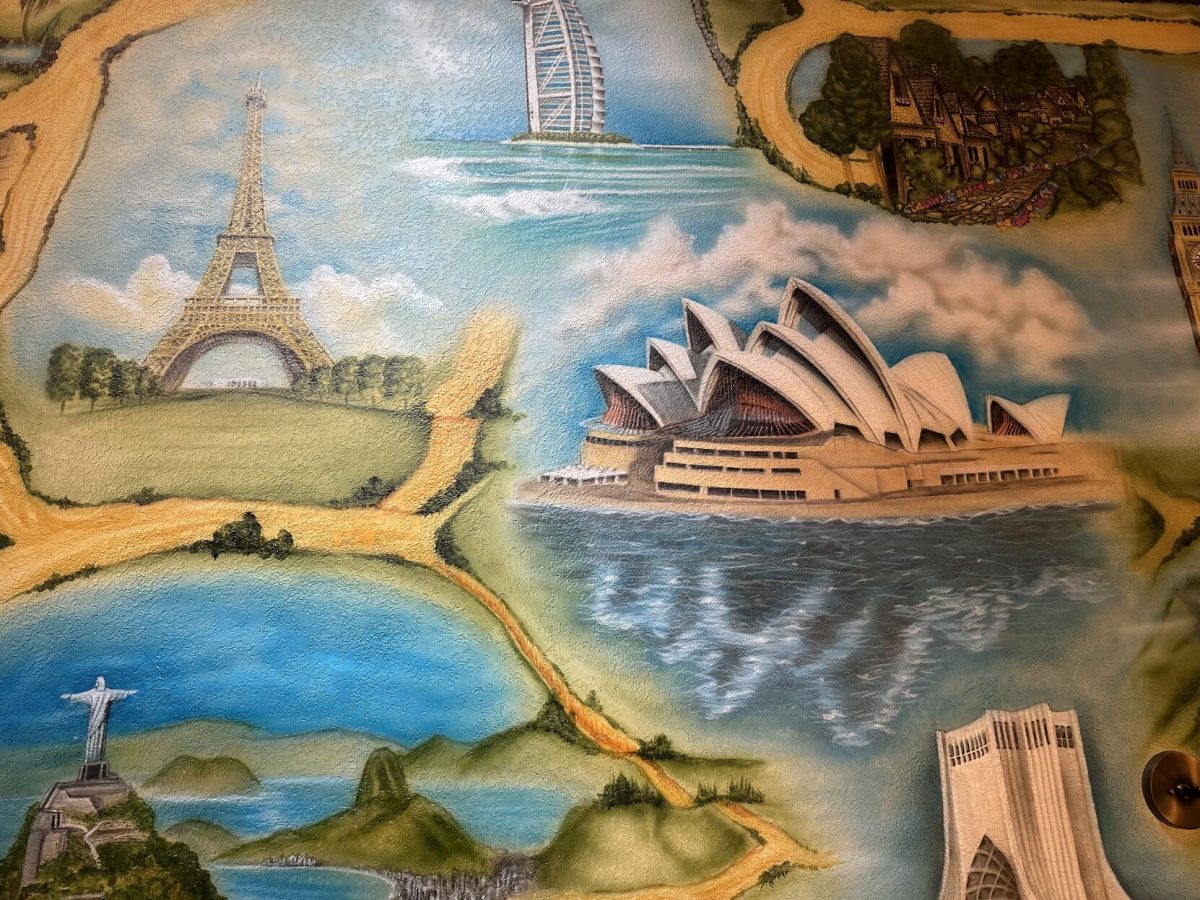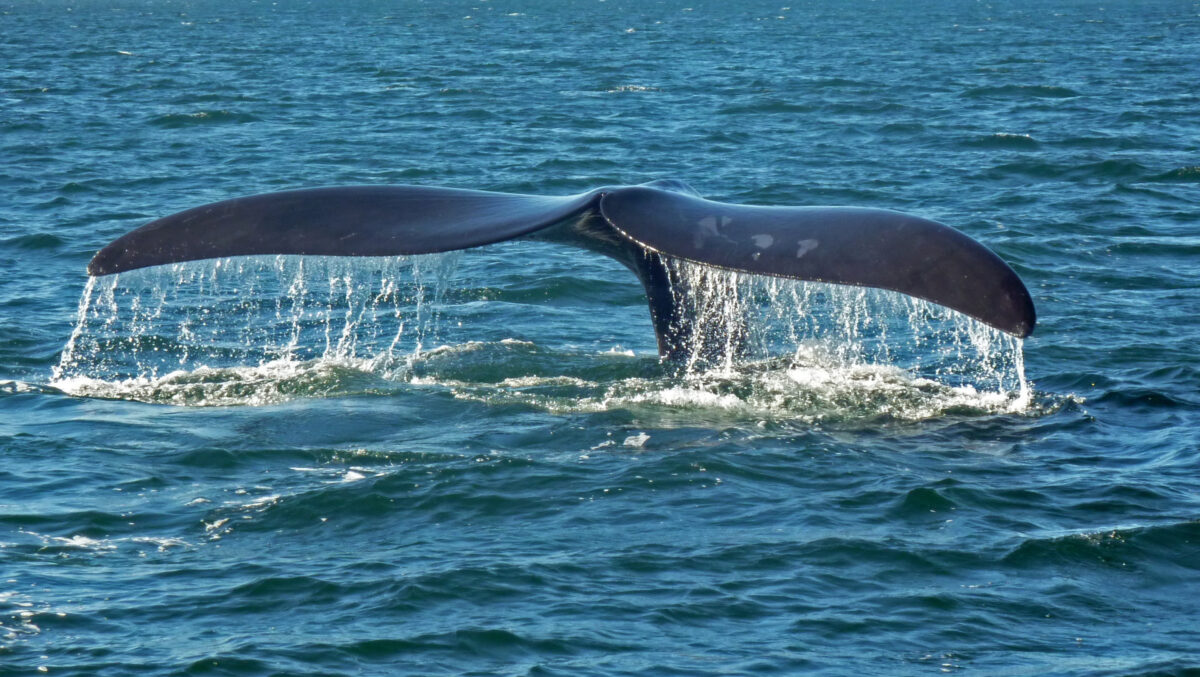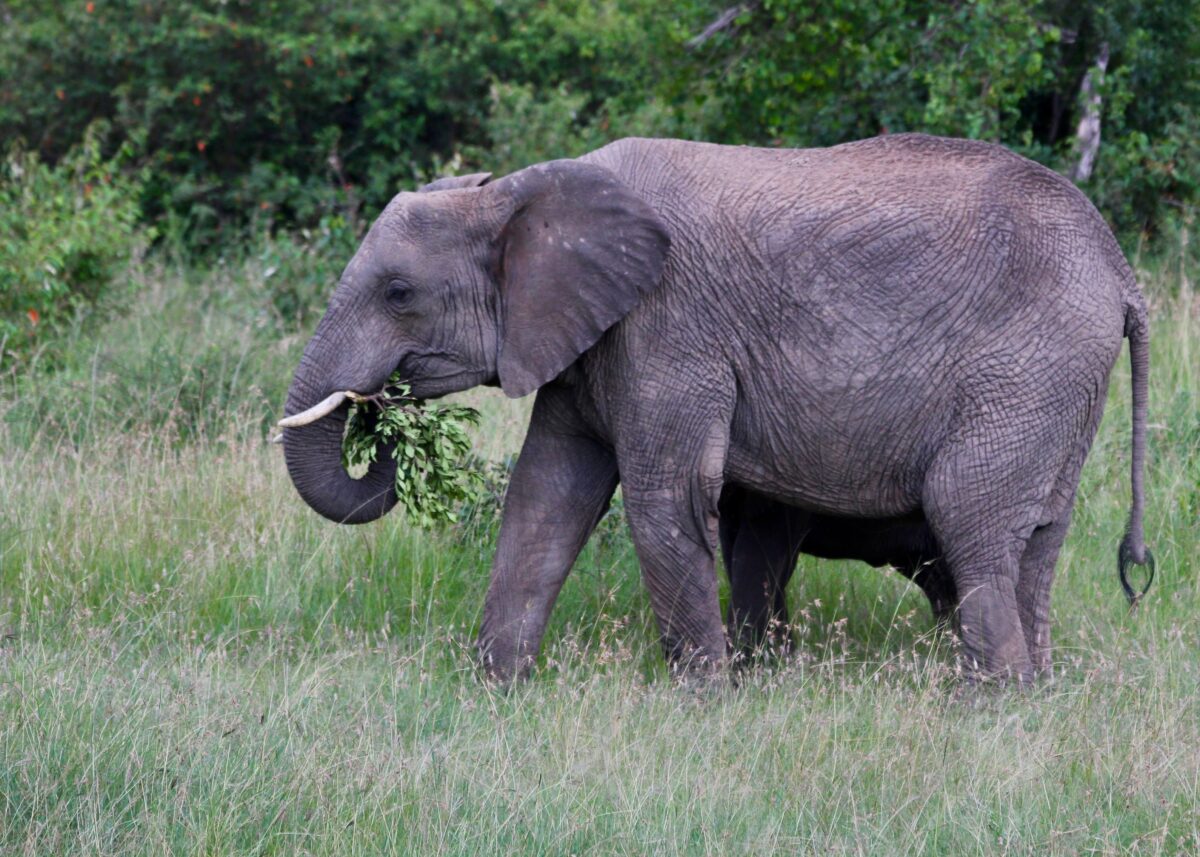On Christmas Day, 2021 NASA successfully launched the James Webb Space Telescope, an infrared observatory that will be orbiting the sun for at least a decade. As published in Science, the telescope reached its final orbit location on January 24th, 2022 approximately 1.5 million kilometers away from Earth. Scientists at NASA are now entering a crucial phase of the mission. For the next five months, the operators will painstakingly calibrate the four detectors on the telescope, along with its 18 reflective surfaces, with minute adjustments. When finished, NASA’s mission is to use the telescope to locate and capture images of the first galaxies formed by the Big Bang and planets outside of our solar system for potential life-forming conditions.
When finished, NASA’s mission is to use the telescope to locate and capture images of the first galaxies formed by the Big Bang and planets outside of our solar system for potential life-forming conditions.
The first detector to be calibrated is the Near Infrared Camera (NIRCam), which can detect wavelengths just outside of the visible spectrum and offers a clearer image than cameras that only detect visible light. The operators chose a singular star in the Ursa Major constellation as the target because it is bright and well-isolated from surrounding constellations. The operators will ensure that the detector is focused and that the 18 reflective surfaces are in tune with the wavelengths projected by the star. At the end of this phase, the camera will produce a single, clear image with accurate brightness. Even after these processes are complete, the Webb Telescope’s optics will need to be reexamined every two days and adjusted every two weeks to ensure accurate data collection.
The remaining detectors will collect the light that passes through the NIRCam and record the wavelengths for image outputting. Once all detectors are fully functional, NASA operators will test the 17 observation modes on reference objects with known brightness and position. The purpose of this phase is to ensure that the telescope is accurately measuring and outputting data without contaminating results with its personal thermal noise. Finally, the operators will test that the telescope can remain focused on moving targets, such as orbiting moons and exoplanets. These objects can be rather dim and require longer exposure times to visualize.
If the rest of the mission is a success, the James Webb Telescope and the scientists at NASA will be making breakthroughs for the fields of astronomy and space science, and we may gain new and exciting insights about the creation of the universe.















